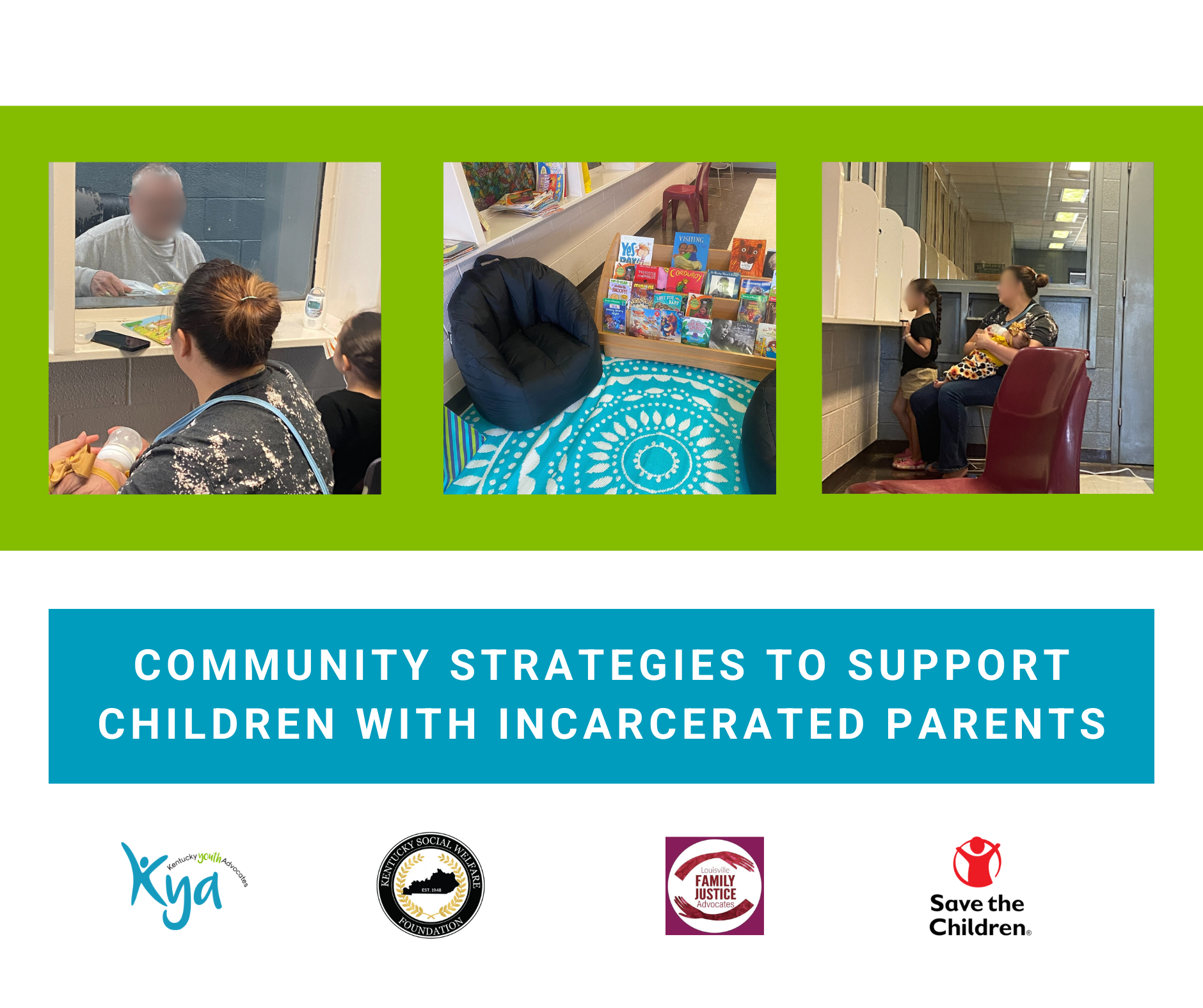 As referenced in my blog two weeks ago, I am inviting you to walk through the 2014 National KIDS COUNT Data Book, that was released on July 22nd, on an arena by arena basis over the next few weeks. The 2014 edition of “the nation’s report on kids” is especially fascinating to me as it is the silver anniversary. This gives us the opportunity to ask, “How are Kentucky kids faring compared to a quarter century ago?” This week the focus is on health and by any measure, Kentuckians can take real pride in the progress we have made when it comes to healthy kids. On every key data point highlighted by the Annie E. Casey Foundation – including child and teen deaths; children without health insurance; and, low-birthweight rates, the Commonwealth’s trajectory is a positive one. In fact, some of the numbers are staggering. For example, the percent of uninsured Kentucky kids has been cut in half over the last 25 years. Click here to view the Kentucky supplemental fact sheet
As referenced in my blog two weeks ago, I am inviting you to walk through the 2014 National KIDS COUNT Data Book, that was released on July 22nd, on an arena by arena basis over the next few weeks. The 2014 edition of “the nation’s report on kids” is especially fascinating to me as it is the silver anniversary. This gives us the opportunity to ask, “How are Kentucky kids faring compared to a quarter century ago?” This week the focus is on health and by any measure, Kentuckians can take real pride in the progress we have made when it comes to healthy kids. On every key data point highlighted by the Annie E. Casey Foundation – including child and teen deaths; children without health insurance; and, low-birthweight rates, the Commonwealth’s trajectory is a positive one. In fact, some of the numbers are staggering. For example, the percent of uninsured Kentucky kids has been cut in half over the last 25 years. Click here to view the Kentucky supplemental fact sheet
We need to celebrate the authentic improvement in children’s health in our state, but we must also ask, “What are the takeaways for Kentucky’s champions for children?” May I suggest two?
The first is a lesson about how bi-partisan policy wins can truly make a difference for kids. As an example, you cannot look at the dramatic increase in children now covered by insurance – a good thing for kids’ health, family checkbooks, and the state budget – and not think about the 1997 federal action which established the State Child Health Insurance Program or the savvy moves by the Beshear Administration to improve health coverage access through common sense approaches such as allowing parents to apply for their children’s coverage by mail and online. In both cases, bipartisan support and pragmatic solutions combined to score a win for kids.
Or what about that haunting data point that tells us how many children and teens die in Kentucky? Leaders and advocates saw this rate explode in the early part of this century and dug into data to discover that car crashes were a primary source of the skyrocketing rate. Again, bi-partisan support and pragmatic solutions combined to protect youngsters through booster seat and graduated driver’s license legislation. Both of these were common sense policies, and the Kentucky’s rate of child and teen deaths has declined.
Let’s take pride in our success. Let’s remember the winning combination of bipartisan support and pragmatic solutions. And then, let’s press on to continue to improve children’s health in the state. Pressing on means thinking ahead to the next quarter century. How can we generate the next chapter of health wins for kids? Opportunities abound and many leaders have already begun to act for kids. For instance:
- The childhood obesity epidemic in Kentucky has been well-documented. Last week, Kentucky Youth Advocates worked with the University of Kentucky, President Eli Capiluto and Dr. Mary Lynne Capiluto to convene the Kentucky Leadership Summit on Childhood Obesity and Schools. We brought together leading voices from the health community and leading voices from the K-12 establishment. These vital sectors began to look at the problem of childhood obesity and think about the role that schools can play in solving it. At the end of a long and intense day, the gathered group of some 70 leaders came to a consensus about nest steps to take. That is exactly the kind of cross-sector, informed and action-oriented dialogue we need to address the expanding obesity issue among Kentucky’s kids.
- The Kentucky Oral Health Coalition (KOHC) is a model of a divergent alliance coming together to address a broad front of children’s health in a comprehensive way. Improving the required oral health screening prior to entering kindergarten to ensure identification and treatment of children’s oral health is just one priority this statewide group of oral health champions have begun to discuss. KOHC’s reliance on data and understanding of a long-term plan to improve health make this group posited for success.
- If we want to continue to improve young people’s health, we have to continue to talk about providing supports to vulnerable populations. I can think of no area that requires more immediate and innovative attention than youth aging out of foster care. We have to make sure these teens are connected to the benefits for which they are eligible. For example, a recent change in legislation now allows foster care youth to stay covered by Medicaid until age 26. For a population that often has mental health care needs, this benefit is crucial. Why not automatically keep youth aging out of foster care on Medicaid and allow them to opt-out if they desire instead of requiring them to re-apply for Medicaid when they leave the system?
- From where I sit, the most pressing health arena when it comes to kids is in behavioral health, and that includes the substance abuse crisis sweeping this state. Where do we even begin to unravel that riddle? The good news is that no one understands the urgency, the difficulty, and the options better than Secretary Audrey Haynes. She speaks about this with equal mixes of conviction and wisdom. Almost any conversation with a parent, principal, preacher or provider affirms the magnitude of behavioral health needs. The time has come to make this THE priority for Kentucky’s vulnerable youngsters.
The preceding examples are intended to only begin a vibrant conversation to keep the momentum going when it comes to kids and health in the Commonwealth. After all, as the respected writer Michael Kortas observes, “The way to keep momentum going is to have constantly greater goals.”






Leave A Comment